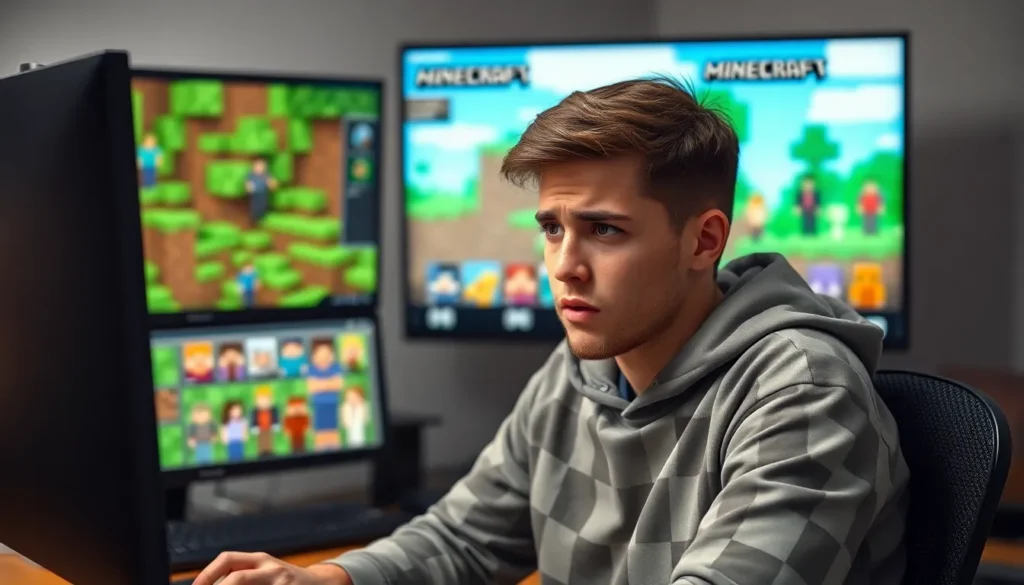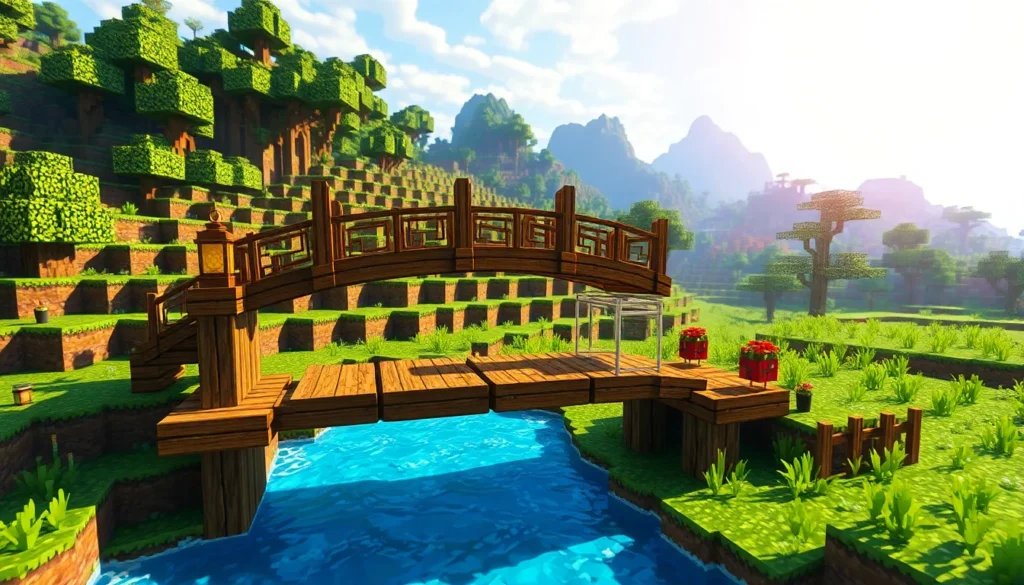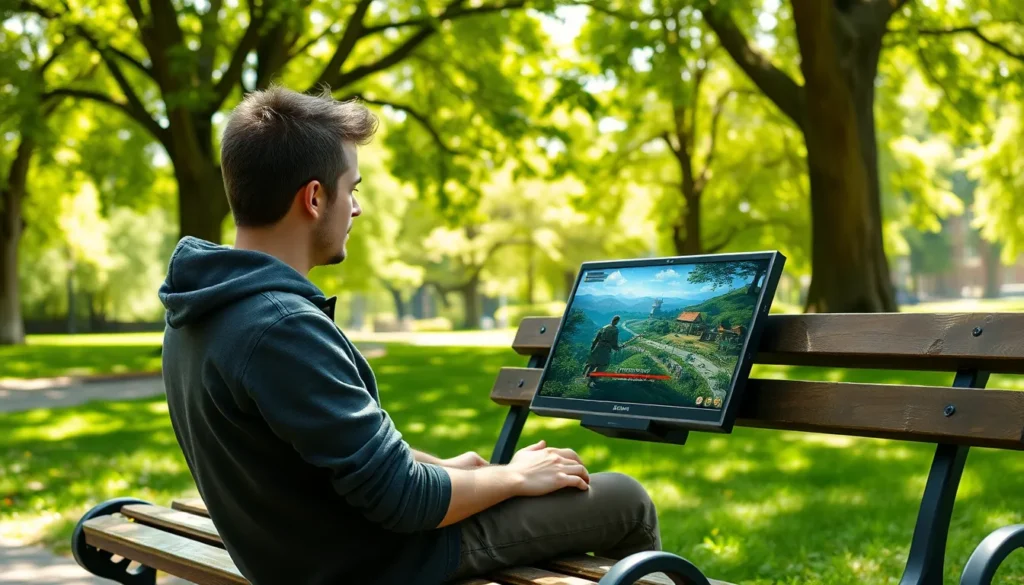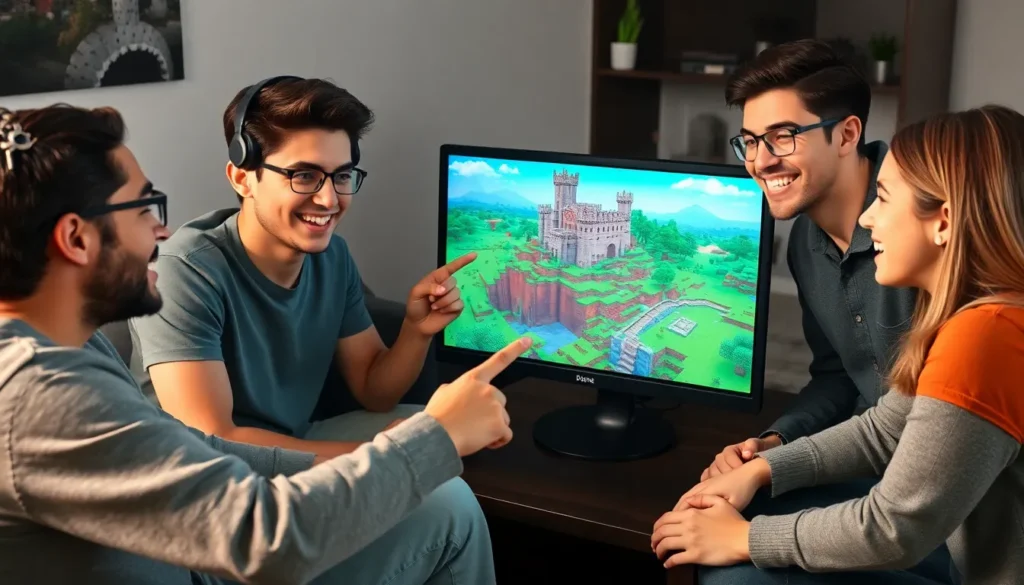In the vibrant world of Minecraft, players express their creativity through unique skins that showcase their personalities. But what if someone could swipe those digital outfits faster than a creeper can blow up? Enter the infamous Minecraft skin stealer—a mischievous tool that’s got players both intrigued and a little on edge.
Imagine logging into your favorite server, only to find that your one-of-a-kind skin has been hijacked by a sneaky player who thinks they can outsmart you. It’s like a fashion heist in the pixelated realm! While the idea of skin stealing might seem like a prank, it raises important questions about creativity, ownership, and community. So, buckle up as we dive into the world of Minecraft skin stealers, exploring the good, the bad, and the downright hilarious.
Overview Of Minecraft Skin Stealers
Minecraft skin stealers serve as tools that allow users to capture and use the unique designs created by other players. Such tools operate by accessing publicly available skins, typically through usernames. Those who fall victim to skin stealing often express frustration upon realizing their personalized designs have been appropriated without permission.
Particular websites and applications act as skin stealers, attracting players seeking to duplicate or experiment with different skins. Accessing these tools usually requires minimal technical knowledge, making them popular among a range of players. Skin stealers highlight significant issues around digital ownership and the ethics surrounding customization in gaming communities.
The implications extend beyond ownership; they affect the game’s culture and the original creators. Identity and creativity remain integral components of the Minecraft experience, and theft undermines its community spirit. Some players humorously embrace the idea of skin stealing, often sharing amusing stories of unexpected encounters with their stolen designs in-game.
It’s crucial to emphasize the impact of skin stealing on community dynamics. Such actions can discourage players from sharing their creations, leading to a less vibrant environment. A sense of ownership fosters creativity, and losing that can diminish the uniqueness of the Minecraft community. While the humorous side offers lighthearted moments, underlying ethical concerns warrant serious consideration in the ongoing discourse around skin stealing.
How Minecraft Skin Stealers Work

Minecraft skin stealers use various methods to capture and replicate players’ unique skins. These techniques often require minimal technical knowledge from users.
Methods Used
One common method involves accessing Minecraft’s skin database. Users can input a player’s username into a website, prompting the site to retrieve the corresponding skin. Often, this approach doesn’t require any additional authorizations or verifications. Another technique involves taking a screenshot of a player’s skin in-game, which can then be edited and uploaded elsewhere. Players may also employ browser extensions designed to simplify the skin-stealing process. Such methods visibly impact the community by eroding trust among creators.
Tools and Software
Specific websites host skin databases, providing interfaces for skin stealing. Tools like NameMC allow users to search for skins by usernames easily. Various applications and extensions further streamline this process, generating access to stolen skins. Besides, some software programs automate skin downloads and adjustments, making it simpler for users to hijack designs. Using these tools diminishes the ownership aspect of Minecraft skins, affecting the community’s creative flow.
Benefits And Drawbacks
Skin stealing in Minecraft offers both advantages and disadvantages that impact players and the community.
Advantages
One significant advantage is the ability to access a wide array of creative designs. Players can experiment with different skins without the effort of creating their own. Customization becomes more accessible, promoting individual expression. Community engagement often increases as players share their favorite skins with others. Additionally, skin stealers may introduce novelty, allowing users to temporarily adopt diverse looks without committing to original designs. Players can enjoy the creative work of others while still feeling their individuality shines through. This system contributes to a vibrant environment where collaboration can flourish.
Disadvantages
Skin stealing presents serious drawbacks, especially regarding ownership and creator rights. Original creators find their unique designs copied without consent, leading to frustration and discouragement. Some players may feel less motivated to share their custom skins, fearing appropriation. Trust within the community often erodes as individuals question the integrity of shared content. This practice can diminish the significance of original creativity, transforming personal achievements into mere commodities. Ethical concerns arise, prompting discussions around respect for intellectual property. The negative implications for community dynamics include increased tension among players, impacting collaboration and innovation in skin design.
Legal And Ethical Considerations
Skin stealing in Minecraft raises several legal and ethical issues. Ownership of digital content becomes blurred when unique designs are copied without authorization. Many original creators regard their skins as personal expressions, and unauthorized use undermines their rights.
Intellectual property rights play a crucial role in this conversation. Some creators may feel frustrated when their work is used by others without credit. Platforms hosting skin databases often lack strict regulations regarding the usage of skins, allowing for widespread abuse.
Community dynamics are affected by these ethical concerns. Players who steal skins can create a culture of mistrust among creators. Original designers might hesitate to share their work if they fear it will be hijacked.
It’s essential to recognize the emotional investment involved in skin creation. For many, designing a skin reflects countless hours of creativity and effort. When others use that skin without permission, it diminishes the perceived value of the creator’s work.
Some argue that skin stealing fosters collaboration by enabling players to discover styles they admire. Others believe it encourages a lack of originality. Regardless of perspective, the ramifications of skin theft significantly influence player interactions.
Legal recourse remains limited in this domain. Current laws may not fully protect creators in cases of digital art theft within gaming communities. As discussions surrounding digital ownership evolve, players and creators alike must navigate the complexities of ethical engagement.
The issue of Minecraft skin stealing highlights a complex interplay between creativity and ownership within the gaming community. While the allure of accessing a wide variety of skins can enhance individual expression, it also raises significant ethical concerns. The emotional investment creators put into their designs deserves respect and recognition.
As players navigate this digital landscape, fostering a culture of appreciation for original work becomes crucial. Encouraging collaboration while respecting intellectual property rights can help maintain a vibrant and innovative Minecraft community. Ultimately, addressing the challenges of skin stealing will contribute to a healthier environment for all players, promoting creativity without compromising individual rights.








